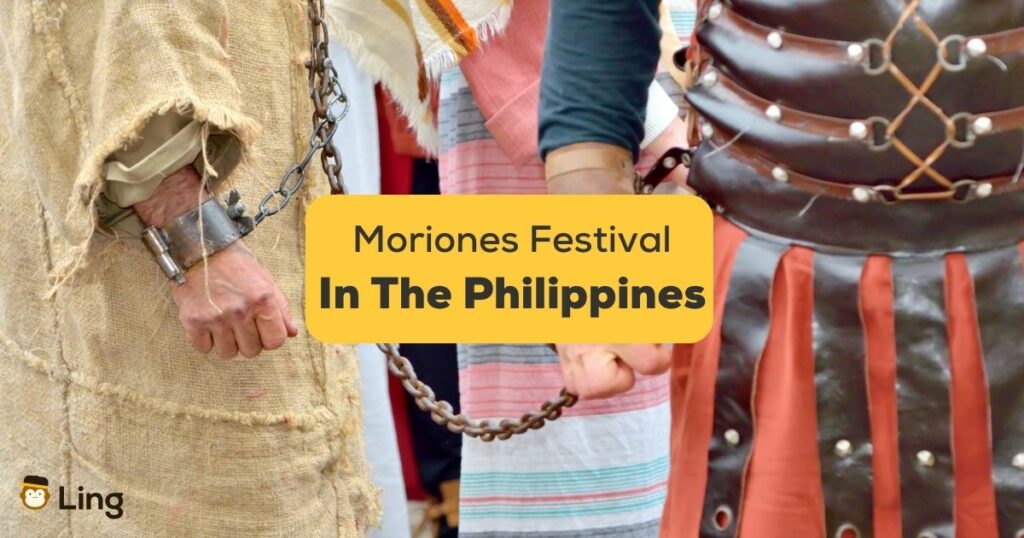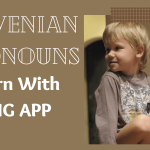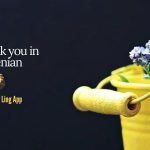Ah, the beauty of unexpected encounters and the enchantment of cultural revelations. Ever had a moment that’s forever seared into your memory, refusing to budge? For me, that was the Moriones Festival in Marinduque. Picture this: you step onto an idyllic island, sun-kissed beaches underfoot, a calming breeze in the air. Just as you’re sinking into Marinduque’s tranquility, the island throws a curveball. Boom! You’re amidst a whirlwind of colors, sounds, and vibrant fervor you hadn’t braced for.
The streets? Oh, they’re buzzing – with both fervent locals in dazzling outfits and wide-eyed travelers absorbing the scene. As melodies from hidden corners beckon and the air gets thick with the aroma of Filipino delicacies (or pagkain in Tagalog), you’d think you’ve soaked it all in. But, wait for it… Enter the festival’s crown jewels: enigmatic performers donning intricate masks, drawing you into their orbit, and making certain the Moriones Festival earns its prime spot in your travel tales.
Scratching your head, wondering about the essence of this spirited fiesta? Buckle up, seeker of stories. We’re diving deep into the lore, traditions, and infectious vibe of the Moriones Festival. Got your halo-halo in hand? All set? Let’s journey into this cultural extravaganza!
What Is Moriones Festival All About?
ever had one of those “pinch-me-I-must-be-dreaming” moments? For many, that’s the Moriones Festival in a nutshell. Nestled within the cultural tapestry of the Philippines, this festival erupts on the tranquil island of Marinduque during Holy Week. But, what’s with the Roman soldiers parading around during Easter, you ask? Let’s dive in.
At its core, the Moriones Festival is not just a religious event, but a vibrant theatrical spectacle. It throws the spotlight on the tale of Longinus, a Roman centurion. Legend paints Longinus as half-blind. Yet, as fate would have it, during the somber crucifixion of Jesus Christ, a drop of His blood blessed Longinus’ sightless eye, restoring it. This divine act turned Longinus to Christianity, making him a marked man among his Roman comrades. The crescendo of the festival hits on Easter Sunday: Longinus, now a fugitive, is tragically captured and executed.
But here’s the twist: the festival isn’t just about reenacting this poignant story!
It’s a stage where locals showcase their stellar artistry. Clad in the festival’s radiant garb, participants become the very Roman soldiers of yore. These lively penitents, dubbed Morions, grace the streets from Holy Monday right up to Easter Sunday, reliving Longinus’ journey and eventual sacrifice. “Moriones” aren’t just any masks; they’re crafted masterpieces echoing the facial contours of Roman soldiers from biblical narratives.
And Marinduque? It’s not a one-size-fits-all festival. From Santa Cruz to its many boroughs, each town adds its distinct flavor to the celebration, all while keeping Christ’s passion at its heart. The grand finale? Religious marches and events that don’t just amplify spiritual fervor but also kindle the local commerce. Whether it’s the gripping enactments leading to the climax on Good Friday or the playful Morions jesting with kids and tourists on Easter Sunday, boredom doesn’t stand a chance.
For first-time visitors, the sight of Morions roaming the streets, their masks reflecting the artistic spirit of the festival, can be both intriguing and surreal. It’s a testament to the Philippines’ ability to preserve its unique tradition amidst modern influences. Beyond the religious aspect, the festival is also a celebration of community, faith, and local artistry, drawing attention from both locals and tourists alike.
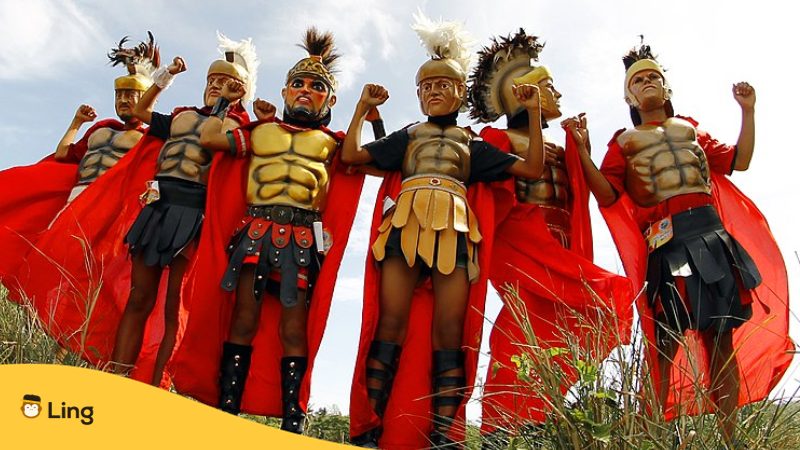
Where Is The Moriones Festival Celebrated?
Want to get to the heart – quite literally – of the Philippines? Let’s zoom in on Marinduque, the island often dubbed the nation’s very core, courtesy of its central geographic position. Here, amidst the lush terrains and serene coasts, you’ll stumble upon an exhilarating re-enactment, with locals diving deep into the tales of Roman soldiers, the crucifixion, and a certain miraculous touch to Longinus’s eye.
As Holy Week sweeps across the calendar, from Holy Monday to Easter Sunday, Marinduque transforms. Especially in Santa Cruz and its neighboring locales, dramas portraying Christ’s passion and the intriguing story of Longinus, the Roman centurion with a previously impaired eye, unfold. Picture this: Longinus, the same soldier said to have thrust his spear into Christ’s side. A single drop from that divine wound lands on his blind eye, bringing sight and faith into his life, an awe-inspiring moment replicated during the festival.
When Is Moriones Festival Celebrated?
The Moriones Festival is intimately linked with the Christian calendar, specifically Holy Week. It commences on Holy Monday and unfolds throughout the week, culminating in grand events on Good Friday and Easter Sunday. But let me give you a clearer picture of the timeline:
- Holy Monday to Good Friday: These days serve as the buildup, where the foundation of the festival is laid. The streets start to buzz with activity, masks are crafted, costumes are tried and adjusted, and rehearsals for the theatrical performances begin. The island of Marinduque turns into a cauldron of anticipation, with every local and visitor eagerly waiting for the main events.
- Good Friday: Here lies the heart of the festival. This day solemnly mirrors the crucifixion and the stirring tale of Longinus. A deep reverence envelopes Marinduque, as the day’s events resonate with the spiritual essence of the celebrations, leaving many deeply moved.
- Easter Sunday: After the reflective mood of Good Friday, Easter Sunday bursts forth in jubilation. Morions, those lively costumed penitents, steal the show, participating in faux battles, delighting and startling kids, and re-creating the pursuit of Longinus. It’s a day where joy, celebration, and faith intermingle effortlessly.
Eager to bask in the full glory of the festival? Circle these dates on your planner! While the Moriones Festival envelops the entire Holy Week, the true crescendo of emotions and events unravels on Good Friday and Easter Sunday.
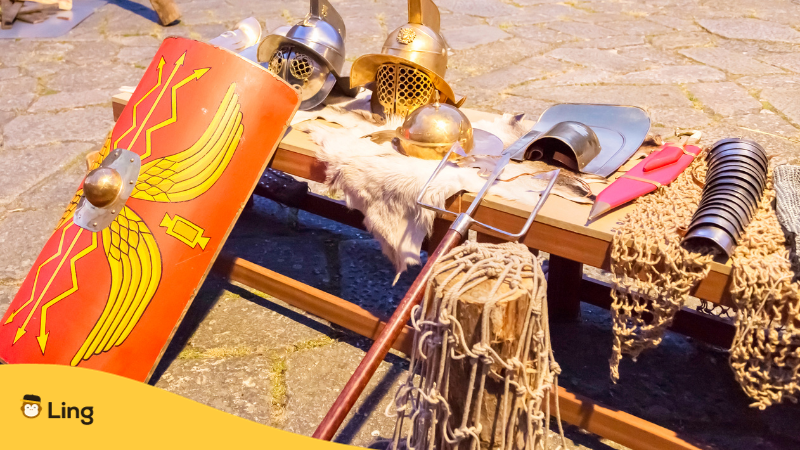
How Is Moriones Festival Celebrated?
The Moriones Festival, in all its grandeur, is not just another event on the calendar. It’s a profound and vibrant amalgamation of faith, history, and culture. Let’s delve deep into the heart of the festival and uncover the myriad ways it’s celebrated.
A Masked Affair
At the heart of the festival are the jaw-dropping Moriones masks and costumes – reminiscent of Roman soldiers of yore. Picture this: artisans, pouring months of passion into chiseling wood, molding papier-mâché, or sculpting fiberglass, creating masks that range from ferociously commanding to intricately detailed. Don these masks with hefty cloaks, shields, and spears in tow, and voilà, the streets are taken over by Roman apparitions!
For instance, the Mogpog town in Marinduque turns this art into a competitive sport, hosting an annual mask-making showdown. Here, creativity knows no bounds as artisans unveil masks that seem to straddle the line between art and life.
Street Pageantry
Come Holy Week, Marinduque’s streets transform into a sprawling stage. Morions, adorned head-to-toe, bring life and zest to the bylanes. Mock battles? Check. Cheeky scares to the kids? Absolutely. Pulling bystanders into their playful theatrics? Always!
Towns like Boac and Santa Cruz amplify this drama, hosting playful clashes among the Morions. The streets brim with locals and tourists alike, cheering, laughing, and occasionally joining in the revelry.
Religious Processions
The festival isn’t just about drama and play; its spiritual core shines brightly. Religious processions, featuring statues of saints and episodes from Christ’s Passion, meander through the streets, inducing a sense of reverence.
Highlights include Maundy Thursday’s “Pabasa” – a soulful chant recounting Christ’s ordeal. In scenic Gasan, you can witness the “Via Crucis,” portraying Jesus’s journey to crucifixion against a breathtaking hillside panorama.
Local Traditions
Different strokes for different towns! Some areas theatrically behead Longinus in ‘Pugutan’, while others on Easter Sunday, celebrate the “Salubong,” marking the Risen Christ’s rendezvous with Virgin Mary.
In Santa Cruz, Easter is heralded by angelic hymns, sung by girls dressed as angels. The pièce de résistance? A child-angel, hoisted via bamboo, dramatically unveiling the Virgin Mary from her mourning shroud.
Community Involvement
Moriones isn’t a mere spectator sport; it’s Marinduque’s heartbeat. From toddlers to the elderly, everyone plays their part – be it starring in plays, whipping up feasts, or simply donning a costume.
Many families treasure heirloom Moriones attires, passing them down as legacies. For young lads, slipping into these outfits and joining the fun is a coming-of-age ritual, binding generations together in festive spirit.
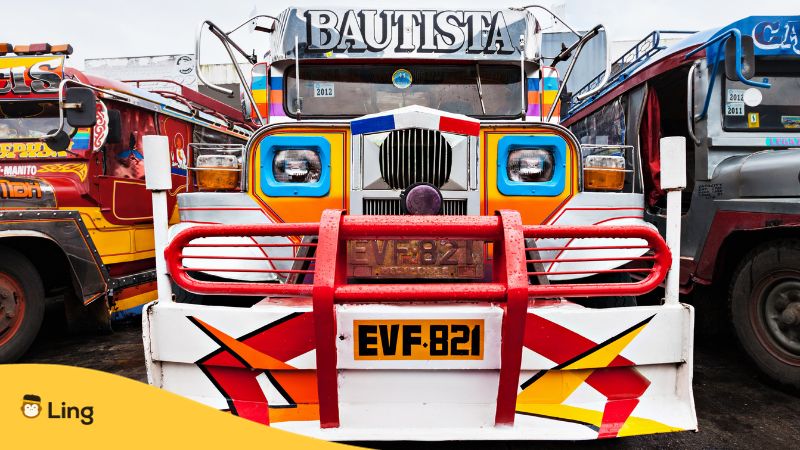
How To Go To The Moriones Festival?
The Moriones Festival, with its vibrant spectacle, is a must-visit for those wanting to experience the unique blend of Filipino culture, history, and religious fervor. But how does one get to this majestic celebration? Let’s guide you step by step on the journey to the heart of Marinduque and the soul of the Moriones Festival.
From Manila To Marinduque
- By Air: There are domestic flights that operate from Manila’s Ninoy Aquino International Airport to Marinduque’s Gasan Airport. It’s the fastest way, taking approximately an hour. Airlines such as Cebu Pacific have occasional direct flights.
- By Sea: Several ferry services run from Lucena City’s Dalahican Port to Marinduque. These ferries transport passengers to different ports in Marinduque, including Balanacan, Cawit, and Buyabod. The sea journey typically lasts 3 to 4 hours.
From Other Major Cities In The Philippines
- Travel to Manila through various means available, be it by air, land, or sea. From Manila, follow the above-mentioned routes to reach Marinduque.
Getting Around Marinduque
- Jeepneys and Tricycles: The primary modes of transportation within Marinduque are jeepneys and tricycles. They are affordable and can take you to most parts of the island, including the major towns celebrating the Moriones Festival.
- Renting a Vehicle: For those wanting more flexibility in their travel, several local operators offer car and motorcycle rentals. This option allows tourists to explore the island at their own pace.
If you want to catch the entire week’s worth of festivities, it’s best to arrive a day or two before Palm Sunday. This ensures you don’t miss out on any pre-festival activities and rituals.
Tips For Attending The Moriones Festival
Embarking on a journey to the Moriones Festival is an exciting venture. To make the most of this vibrant and deeply rooted cultural extravaganza, here are some comprehensive tips to guide your experience.
- Weather-conscious clothing: Marinduque can be hot and humid during the day, so light and breathable clothes are a must. However, evenings can be cooler, so packing a light jacket or shawl is advisable.
- Book Accommodations in Advance: Hotels and guesthouses fill up quickly during the festival season. Booking ahead ensures you have a comfortable place to retreat after a day of festivities.
- Stay Hydrated and Protected: Drink plenty of water throughout the day, as the tropical heat can be intense. Also, use sunblock, wear sunglasses, and consider a hat or umbrella to shield yourself from the midday sun.
- Secure Your Belongings: As with any large public gathering, there’s a risk of pickpocketing. Use anti-theft bags, keep cash and important documents in a money belt, and be aware of your surroundings.
- Engage With The Locals: Marinduqueños are known for their hospitality. Engaging in friendly conversations can lead to learning more about the festival’s traditions and might even score you an invite to a local home for a traditional meal.
- Respect Rituals and Traditions: Some rituals might seem intriguing, but always remember they’re a display of deep faith and devotion. Avoid interrupting processions and always ask permission before taking photographs, especially during solemn events.
Tagalog Words Related To The Moriones Festival
Navigating the vibrant Moriones Festival becomes even more immersive when you’re familiar with some local Tagalog terms. Here’s a list of words and phrases that are intrinsically tied to the festival and its traditions.
| English | Tagalog | Description |
|---|---|---|
| Holy Week | Mahal na Araw | The period during which the Moriones Festival is celebrated, from Palm Sunday to Easter Sunday. |
| Lent | Kuwaresma | The 40-day period of fasting and penance preceding Easter. |
| Procession | Prusisyon | A parade where participants in costumes re-enact biblical scenes. |
| Dawn Ritual | Salubong | Depicts the reunion of the risen Christ with His mother, Mary, on Easter Sunday. |
| Chanting of Passion | Pabasa | A Holy Week tradition where the “Passion of Christ” is sung in a chant-like manner from scriptures. |
| Holy Week (Alternative) | Semana Santa | Another term for Holy Week with Spanish origins. |
| March/Parade | Martsa | Refers to the march or parade of the Morions through the streets during the festival. |
| Vow/Religious Pledge | Panata | Some Morions participate in the festival to fulfill personal vows or to seek divine favors. |
| Martyr | Martir | Highlights the martyrdom of Christ and other religious figures during the festival. |
| Kiss | Halik | Used in “Halik ng Pasyon” where devotees kiss religious icons as a sign of veneration. |
| Stations of the Cross | Estasyon ng Krus | Depicts the various stages of Christ’s suffering from His condemnation to His entombment. |
| Redemption | Pagtubos | A theme of the festival, echoing the biblical narrative of Christ’s redemption of humanity. |
| Passion of Christ | Pasyon | The narrative of Christ’s life, passion, death, and resurrection, often sung/chanted during Holy Week. |
Learn Tagalog With Ling
If you’re intrigued by the Filipino culture and wish to dive deeper into understanding the language behind these traditions, consider downloading the Ling app. It’s available on both the App Store and Play Store, offering a user-friendly approach to learning Tagalog and connecting even more profoundly with the Philippines’ cultural heart. Dive into the language, and let the story of the islands unfold even more vibrantly before you. Until then, Mabuhay!
